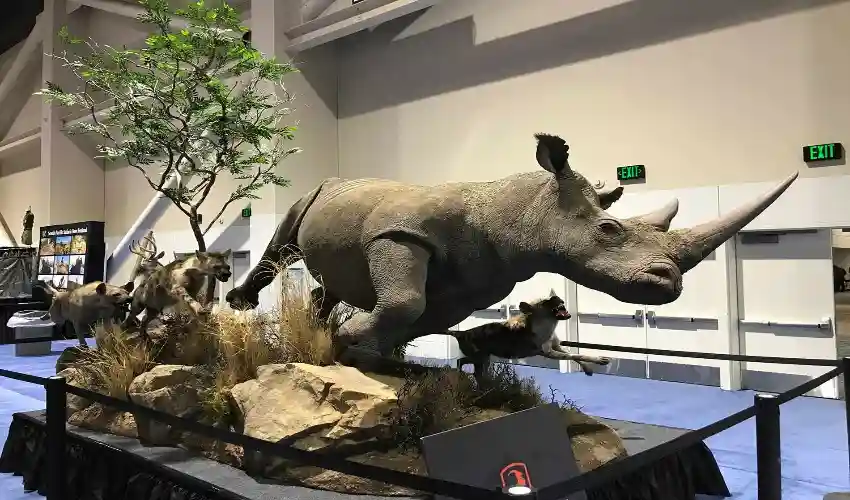Taxidermy is the unique craft of preserving animals for display, education, or artistic purposes. Whether you’re interested in it as a hobby, a career, or a way to commemorate a beloved pet, learning taxidermy requires specialized training. But where can you acquire these skills? Let’s explore the best places to learn taxidermy.
- Taxidermy Schools and Institutes
Many dedicated taxidermy schools across the U.S. and abroad offer comprehensive training programs. These schools provide hands-on learning with expert instructors guiding students through each stage of the process. Some well-known taxidermy schools include:
- Missouri Taxidermy Institute – Offers a range of courses from basic to advanced levels.
- Montana School of Taxidermy & Tanning – Provides intensive training and certification.
- Pennsylvania Institute of Taxidermy – Focuses on professional taxidermy skills and business training.
- Online Taxidermy Courses
If you prefer self-paced learning, online taxidermy mounts for sale courses can be an excellent option. Various platforms offer instructional videos, downloadable materials, and virtual coaching. Some notable online taxidermy courses include:
- Udemy – Offers beginner-friendly taxidermy courses.
- Taxidermy Insider – Provides a subscription-based learning model.
- YouTube Tutorials – Free resources for basic and intermediate learners.
- Apprenticeships with Experienced Taxidermists
Gaining real-world experience through an apprenticeship is one of the best ways to learn taxidermy. Many seasoned taxidermists offer training to aspiring students. Check with local taxidermists or reach out through taxidermy associations to find mentorship opportunities.
- Taxidermy Workshops and Short Courses
Several institutions and professional taxidermists offer short-term workshops, which range from a few days to a few weeks. These hands-on training sessions focus on specific techniques like bird taxidermy, fish mounting, or mammal preservation.
- Community Colleges and Vocational Schools
Some community colleges and vocational schools include taxidermy as part of their art, biology, or conservation programs. These courses are ideal for those looking to build foundational knowledge before advancing to professional training.
- Self-Study with Books and Manuals
For those who prefer independent learning, numerous books and manuals on taxidermy provide step-by-step guides. Some popular taxidermy books include:
- Taxidermy Art by Robert Marbury
- The Complete Guide to DIY Taxidermy by Nate Hill
- Practical Taxidermy by Montagu Browne
- Taxidermy Associations and Clubs
Joining a taxidermy association can provide networking opportunities, workshops, and access to industry events. Some major taxidermy organizations include:
- National Taxidermists Association (NTA)
- United Taxidermists Association (UTA)
- State-Specific Taxidermy Guilds
- Hands-On Practice at Home
While formal training is invaluable, hands-on practice is essential to mastering taxidermy. Starting with small projects like bird or fish mounting can help build confidence and refine skills. Always ensure you have the right tools and follow ethical guidelines.
- Museums and Wildlife Conservation Programs
Some natural history museums and conservation programs offer taxidermy training as part of their educational outreach. Volunteering or working in such institutions can provide unique learning opportunities.
- Hunting and Outdoor Stores
Certain outdoor and hunting stores occasionally offer taxidermy workshops. These are excellent for hunters or outdoor enthusiasts interested in preserving their game.
Conclusion
Learning taxidermy is a rewarding experience that combines science, art, and craftsmanship. Whether through formal education, online courses, apprenticeships, or self-study, there are many avenues to develop taxidermy skills. By choosing the right learning method, you can turn your passion for taxidermy into a fulfilling hobby or a thriving career.
